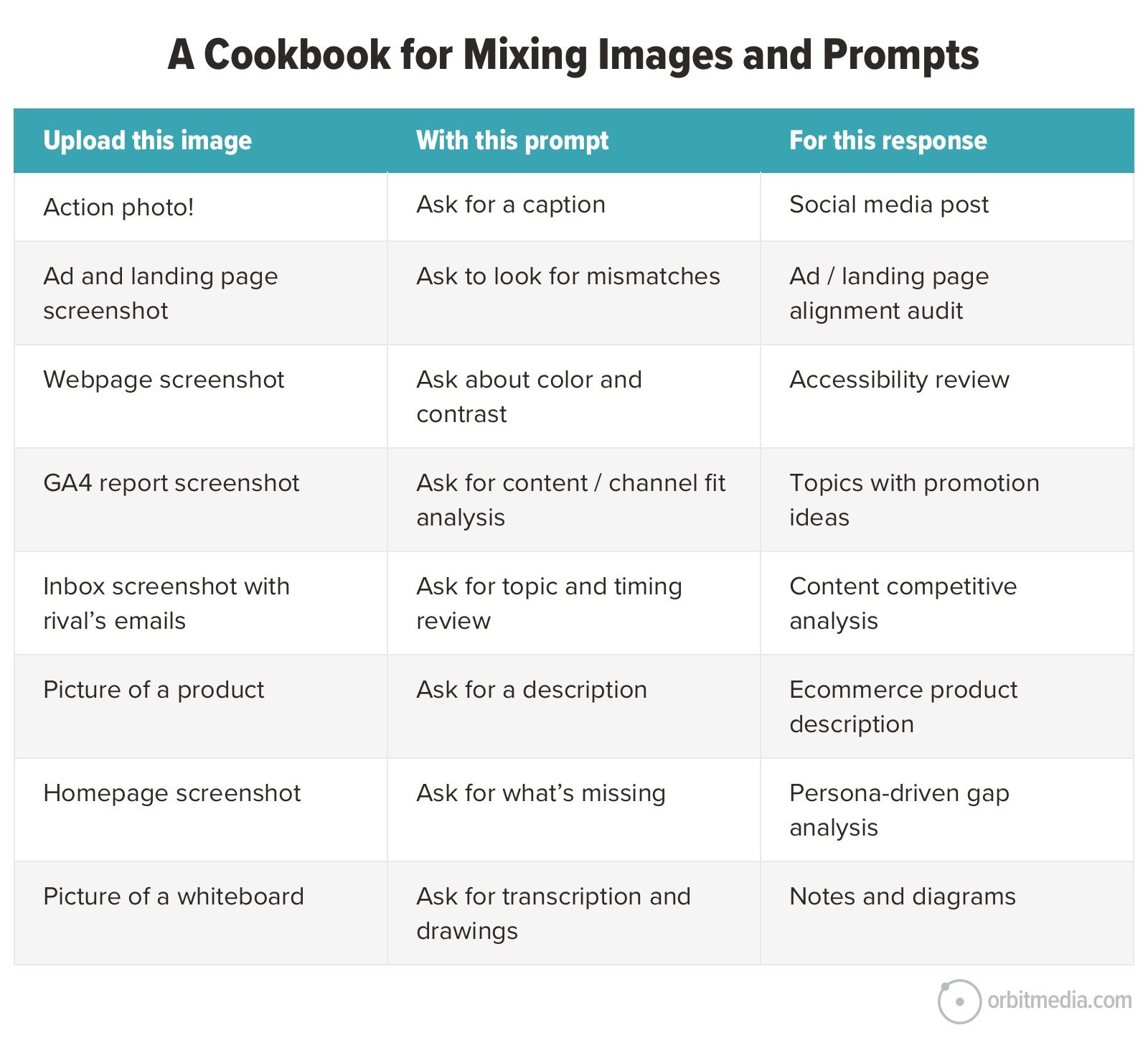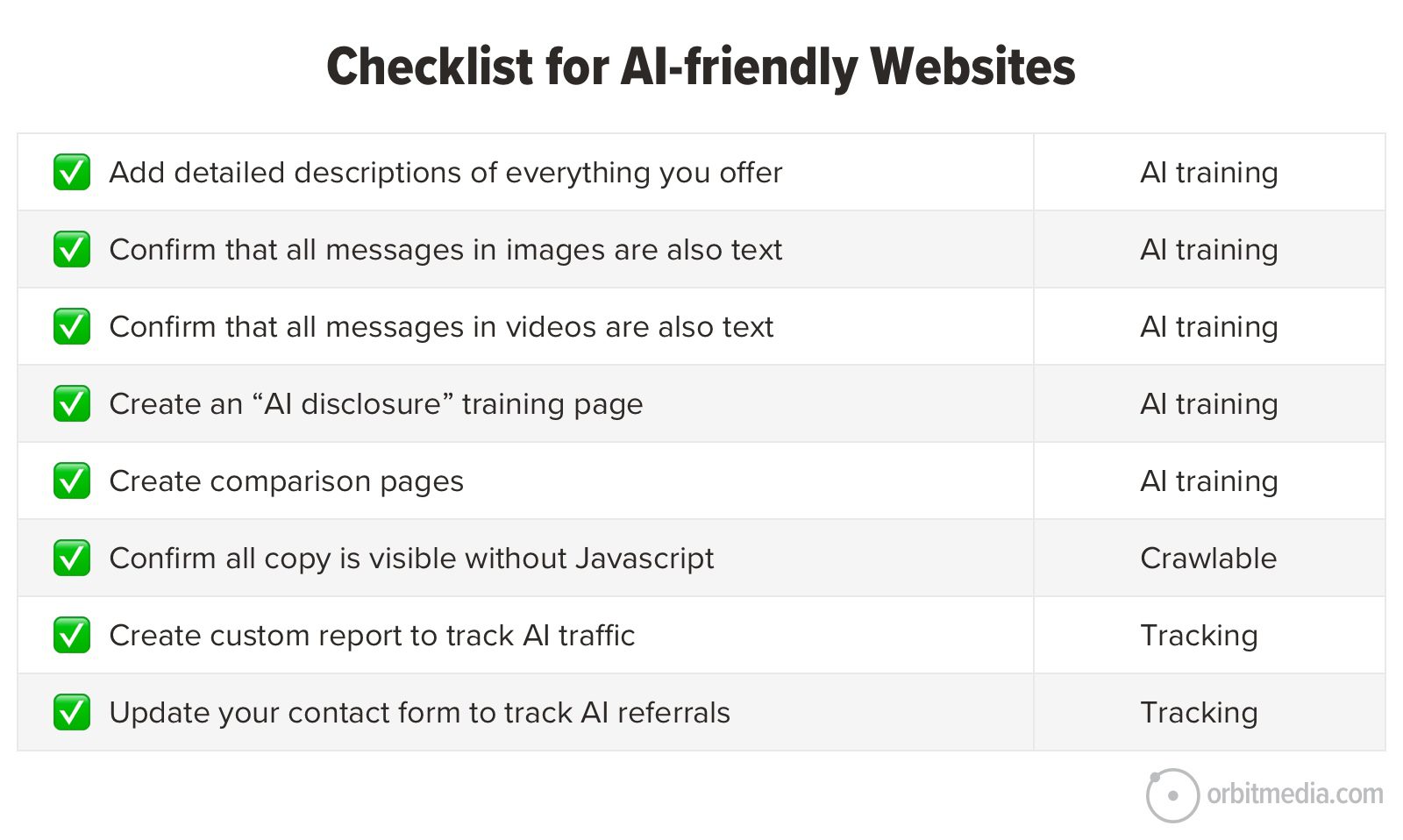This CEO teaches at Stanford, and has hired scores of recent grads and MBAs. Here’s what he has to say about Gen Z
Hello and welcome to Modern CEO! I’m Stephanie Mehta, CEO and chief content officer of Mansueto Ventures. Each week this newsletter explores inclusive approaches to leadership drawn from conversations with executives and entrepreneurs, and from the pages of Inc. and Fast Company. If you received this newsletter from a friend, you can sign up to get it yourself every Monday morning. When I was a young professional in the 1990s, I didn’t aspire to be a CEO. (I was a business journalist focused on getting more challenging editorial assignments.) And even if I had wanted to run a company, I wouldn’t have known how to cobble together the necessary experiences to qualify for a CEO role. Graham Weaver, CEO and founding partner of Alpine Investors, has streamlined that process for ambitious MBAs who, unlike me, know early in their careers that they want to be CEOs. Alpine, a private equity firm with $18 billion in assets under management, offers a CEO-in-Training (CIT) program that places wannabe chief executives in senior roles at its portfolio companies. A crash course in being a CEO During their time in the CIT program, trainees are immersed in all aspects of running a business. They have access to mentorship from board members and executives at other Alpine-backed companies, and they regularly gather as a cohort for networking and peer coaching summits. Weaver says the program, launched in 2015, allows aspiring executives to move into CEO roles—a journey that can take decades—in just months or a few short years. Graham Weaver [Photo: Alpine Investors] “We created a system where aspiring leaders could come in and learn the basics of being a CEO with a kind of safety net underneath them, which gives them a very, very high probability of success,” says Weaver, who also teaches a class focused on leadership and entrepreneurship at Stanford University’s Graduate School of Business. The CEO-in-Training program is highly selective. Alpine hired 14 CITs for its 2024 cohort, and this year it will recruit about 10 trainees in a process that is set to wrap up in early summer. The company says Stanford, Harvard Business School, Northwestern University’s Kellogg School of Management, and the University of Pennsylvania’s Wharton School all confirm that the Alpine CIT program is one of the most applied-to programs among MBAs seeking executive roles in private equity (PE)-backed companies. What makes a successful CIT? Weaver says the ideal candidates for the CIT program have a “will to win—that’s something we can’t teach,” but he also seeks candidates who can temper their competitiveness with self-awareness and emotional intelligence. “We used to not screen for that,” he says. “We would get these really hard-charging people, and they wouldn’t work out in our system, where it’s really team-based.” Finally, he looks for people who can create “a followership,” adding, “this rarely is the charismatic person who stands up and gives the big rah-rah speech. It’s actually just someone people trust; they want to go where this person’s going.” Alpine’s program has produced a diverse group of leaders: Since launching, the program has minted more than 65 full-time CEOs for its portfolio companies; nearly 40% are women, and nearly a quarter are women of color. Weaver says his commitment to training a new generation of executives stems from his belief that Alpine’s talent strategy differentiates it from other private equity firms in terms of attracting investing professionals and portfolio company executives alike. He says rather than ceding talent development to human resources, he has sought to “operationalize” it through programs such as the CIT program and other initiatives. Weaver personally dedicates nearly 50% of his time to assessing and developing talent, he says, including evaluating potential hires to run Alpine portfolio companies, designing culture, and more. The Gen Z difference Weaver, who has taught and hired employees from different generations, is bullish on Gen Z, the newest cohort to enter the workforce. “I know a lot of people complain about this generation. The stereotype is that they’re going to quit their jobs more quickly or they have their own personal goals, and they’re difficult to manage,” Weaver says. “But underneath all that is that they want to make a difference.” When I asked how a career in private equity, with its relentless pursuit of efficiency, margin improvement, and cash, can satisfy purpose-driven young people, Weaver noted that several Alpine portfolio companies provide software and services to nonprofits or support their communities through healthcare and education services. He says he takes pride in making sure the people who work at Alpine and its portfolio companies—about 38,000 people—have meaningful work and career opportunities. And Weaver says he appreciates the values that Gen Z is bringing to Alpine. “They hold us to a higher standard,” he sa

Hello and welcome to Modern CEO! I’m Stephanie Mehta, CEO and chief content officer of Mansueto Ventures. Each week this newsletter explores inclusive approaches to leadership drawn from conversations with executives and entrepreneurs, and from the pages of Inc. and Fast Company. If you received this newsletter from a friend, you can sign up to get it yourself every Monday morning.
When I was a young professional in the 1990s, I didn’t aspire to be a CEO. (I was a business journalist focused on getting more challenging editorial assignments.) And even if I had wanted to run a company, I wouldn’t have known how to cobble together the necessary experiences to qualify for a CEO role.
Graham Weaver, CEO and founding partner of Alpine Investors, has streamlined that process for ambitious MBAs who, unlike me, know early in their careers that they want to be CEOs. Alpine, a private equity firm with $18 billion in assets under management, offers a CEO-in-Training (CIT) program that places wannabe chief executives in senior roles at its portfolio companies.
A crash course in being a CEO
During their time in the CIT program, trainees are immersed in all aspects of running a business. They have access to mentorship from board members and executives at other Alpine-backed companies, and they regularly gather as a cohort for networking and peer coaching summits. Weaver says the program, launched in 2015, allows aspiring executives to move into CEO roles—a journey that can take decades—in just months or a few short years.
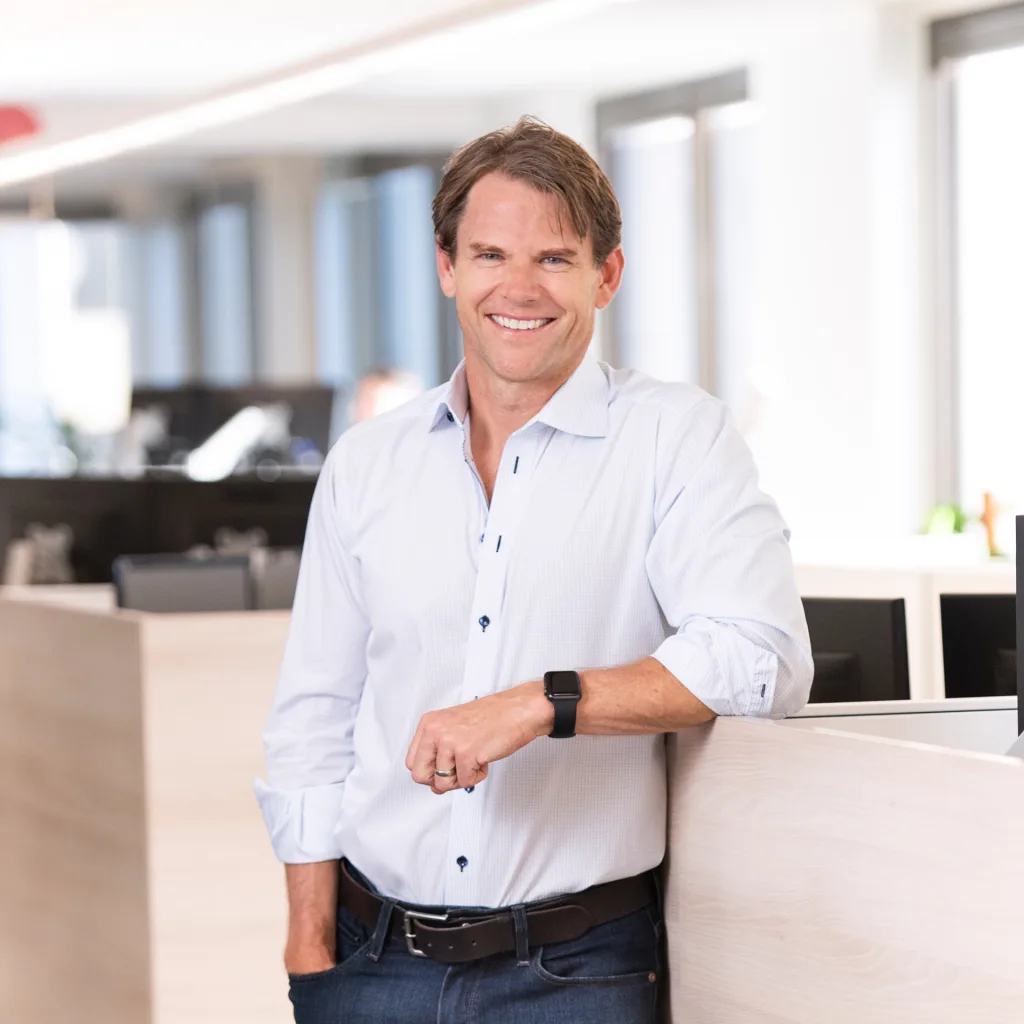
“We created a system where aspiring leaders could come in and learn the basics of being a CEO with a kind of safety net underneath them, which gives them a very, very high probability of success,” says Weaver, who also teaches a class focused on leadership and entrepreneurship at Stanford University’s Graduate School of Business.
The CEO-in-Training program is highly selective. Alpine hired 14 CITs for its 2024 cohort, and this year it will recruit about 10 trainees in a process that is set to wrap up in early summer. The company says Stanford, Harvard Business School, Northwestern University’s Kellogg School of Management, and the University of Pennsylvania’s Wharton School all confirm that the Alpine CIT program is one of the most applied-to programs among MBAs seeking executive roles in private equity (PE)-backed companies.
What makes a successful CIT?
Weaver says the ideal candidates for the CIT program have a “will to win—that’s something we can’t teach,” but he also seeks candidates who can temper their competitiveness with self-awareness and emotional intelligence. “We used to not screen for that,” he says. “We would get these really hard-charging people, and they wouldn’t work out in our system, where it’s really team-based.”
Finally, he looks for people who can create “a followership,” adding, “this rarely is the charismatic person who stands up and gives the big rah-rah speech. It’s actually just someone people trust; they want to go where this person’s going.”
Alpine’s program has produced a diverse group of leaders: Since launching, the program has minted more than 65 full-time CEOs for its portfolio companies; nearly 40% are women, and nearly a quarter are women of color.
Weaver says his commitment to training a new generation of executives stems from his belief that Alpine’s talent strategy differentiates it from other private equity firms in terms of attracting investing professionals and portfolio company executives alike. He says rather than ceding talent development to human resources, he has sought to “operationalize” it through programs such as the CIT program and other initiatives. Weaver personally dedicates nearly 50% of his time to assessing and developing talent, he says, including evaluating potential hires to run Alpine portfolio companies, designing culture, and more.
The Gen Z difference
Weaver, who has taught and hired employees from different generations, is bullish on Gen Z, the newest cohort to enter the workforce. “I know a lot of people complain about this generation. The stereotype is that they’re going to quit their jobs more quickly or they have their own personal goals, and they’re difficult to manage,” Weaver says. “But underneath all that is that they want to make a difference.”
When I asked how a career in private equity, with its relentless pursuit of efficiency, margin improvement, and cash, can satisfy purpose-driven young people, Weaver noted that several Alpine portfolio companies provide software and services to nonprofits or support their communities through healthcare and education services. He says he takes pride in making sure the people who work at Alpine and its portfolio companies—about 38,000 people—have meaningful work and career opportunities.
And Weaver says he appreciates the values that Gen Z is bringing to Alpine. “They hold us to a higher standard,” he says. “If you can meet that standard, Gen Z’s amazing.”
How do you train the next generation of leaders?
Are you or your team focused on developing young leaders through mentorship, formal training programs, or in other ways? I’d love to hear about these efforts. Send me your thoughts at stephaniemehta@mansueto.com.
Read more: Gen Z
Fast Company’s 142-point guide to managing Gen Z
Meet the youngest founders on the Inc. 5000 list of America’s fastest-growing companies
Gen Z distrusts capitalism. Will they prevail in changing the system?














































































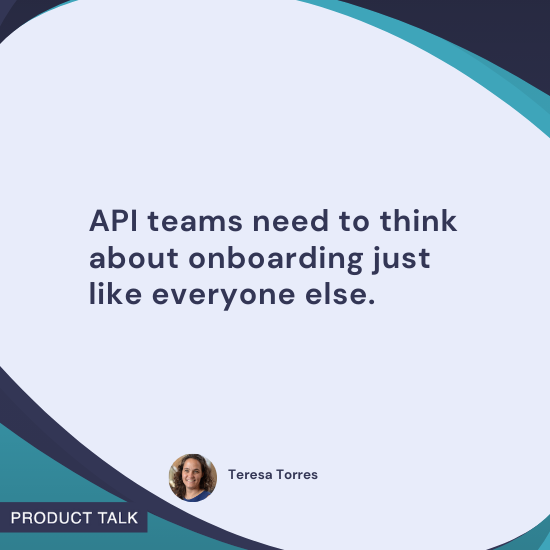


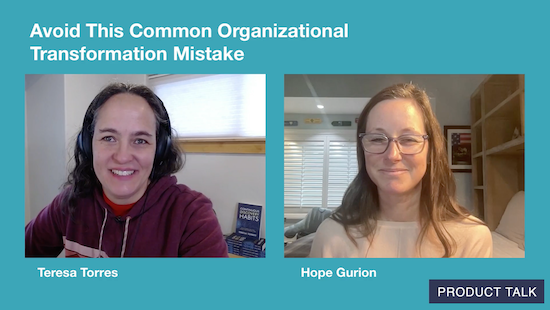



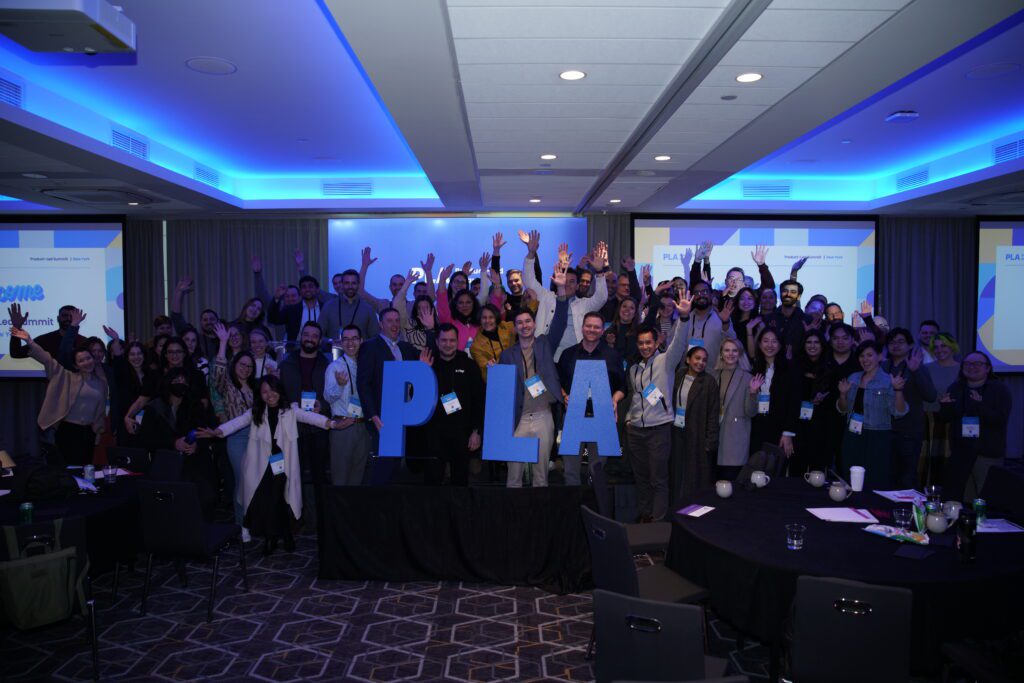












![Building A Digital PR Strategy: 10 Essential Steps for Beginners [With Examples]](https://buzzsumo.com/wp-content/uploads/2023/09/Building-A-Digital-PR-Strategy-10-Essential-Steps-for-Beginners-With-Examples-bblog-masthead.jpg)





![How One Brand Solved the Marketing Attribution Puzzle [Video]](https://contentmarketinginstitute.com/wp-content/uploads/2025/03/marketing-attribution-model-600x338.png?#)


